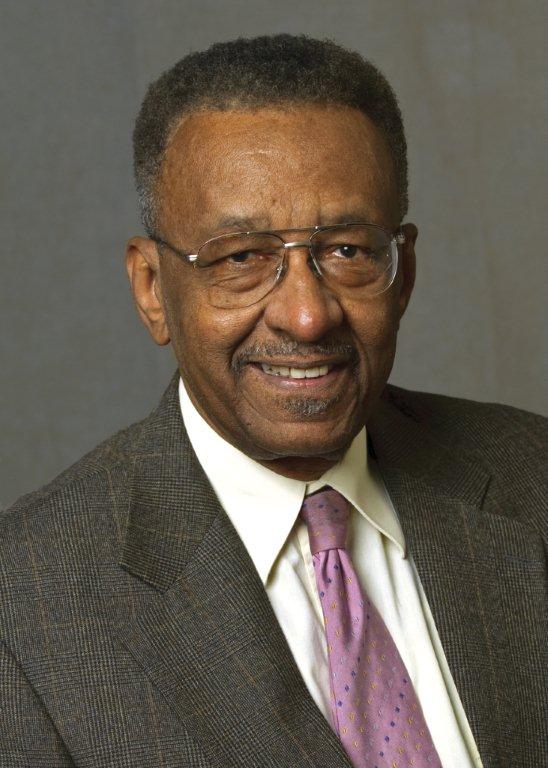Whenever someone says that this or that government program is absolutely necessary, I always wonder, “What did people do and how did they survive before the program?”
If someone says food stamps are absolutely necessary for poor people’s survival, I wonder how America’s millions of poor immigrants made it. Unless I missed something, mass starvation is not a part of our history. Was there a stealth food stamp program during the 1700s and 1800s? Then there’s the question: How did we manage to build the world’s greatest cities without the help of the 1965-created U.S. Department of Housing and Urban Development? Did cities become worse off or better off afterward? Or, how did we manage to produce energy to fuel the world’s richest economy before the 1977 creation of the Department of Energy? Recently, I received an email titled, “We Made It.” It had to do with the federal safety edicts of agencies like the U.S. Product Safety Commission, established in 1972, and the U.S. Department of Transportation, established in 1966. Congress created these and other agencies to “protect the public against unreasonable risks of injuries and deaths.” That’s how toys, cribs, child car seats and childproof medicine bottles came to be regulated. Considering we were a nation for nearly 200 years before Congress started protecting us against “unreasonable risks of injuries and deaths,” a natural question is how we managed to survive and grow from a population of 4 million to the 280 million of us today. According to my email’s author, if we listen to Washington, those of us still around who were children during the ’40s, ’50s and ’60s probably should be dead. Nonetheless, there are 58 million of us born in 1945 or earlier who are still kicking. Our parents allowed us to sleep in cribs beautified with lead-based paint. They drove us around in cars that had neither seatbelts nor airbags. They permitted us to ride our bicycles without helmets, just as adults rode motorcycles without helmets. And, horror of horrors, there were no childproof medicine bottles that, by the way, are sometimes so difficult to open that some people summon their children to open them. The fact that these safety edicts saved some lives and prevented some injuries doesn’t provide justification for them anymore than mandating that, because some Americans have headaches, aspirin be put in the water supply. In a free society, government has the responsibility of protecting us from others, but not from ourselves. Before government got into the business of protecting us from ourselves, we did have a greater measure of protection from others. Yesteryear’s children rode their bikes or walked to a friend’s house, knocked on the door and let themselves in. Many families didn’t lock doors until the last family member was home for the evening, and they did that in poor neighborhoods like the one I grew up in. Yesteryear, when we went off to school, parents might have worried about our crossing streets safely. Today’s parents have a different set of worries, such as whether their child will be shot, stabbed, robbed, raped or given drugs in school. During the pre-1960 years, neighborhoods – including poor neighborhoods – were safe enough for women to walk the streets after dark. In fact, in places like Harlem, N.Y., hot, humid nights saw children and adults sleeping on fire escapes and rooftops. Doing the same today might lead to arrest for attempted suicide. Speaking of crime, if children did have a scrape with the law, our parents sided with the police. Don’t you wonder how so many Americans made it without today’s oppressive, caring, nanny government?
